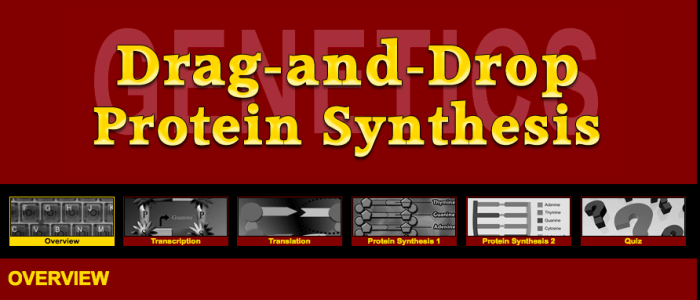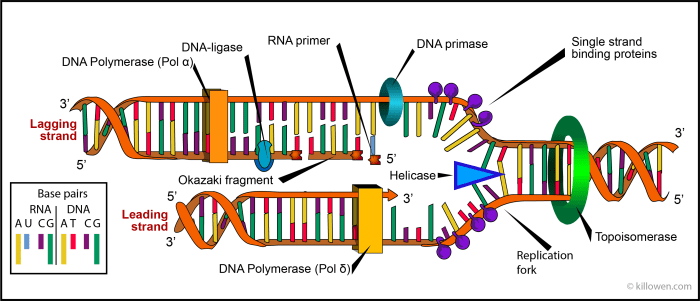Which of the following statements about eukaryotic transcription is false? This question sets the stage for an exploration into the intricacies of gene expression, delving into the molecular mechanisms that govern the flow of genetic information from DNA to RNA.
As we embark on this journey, we will uncover the complexities of eukaryotic transcription, contrasting it with its prokaryotic counterpart and highlighting the unique features that contribute to the complexity of gene regulation in eukaryotes.
The process of transcription, the faithful copying of DNA into RNA, plays a pivotal role in gene expression, enabling the synthesis of proteins that carry out cellular functions. In eukaryotes, transcription is a highly regulated process involving multiple steps and intricate molecular machinery.
Understanding the mechanisms underlying eukaryotic transcription is essential for deciphering the regulation of gene expression and its impact on cellular function and development.
Eukaryotic Transcription

Eukaryotic transcription is a complex process that involves multiple steps and regulatory mechanisms. It is distinct from prokaryotic transcription in several key aspects, including the involvement of RNA polymerase II, the presence of introns and exons, and the extensive post-transcriptional modifications.
Transcription Initiation
Transcription initiation in eukaryotes is a tightly regulated process that involves the assembly of a pre-initiation complex at the promoter region of a gene. RNA polymerase II, along with a group of general transcription factors (GTFs), binds to the promoter and unwinds the DNA helix to create a transcription bubble.
The promoter sequence is a specific DNA sequence that signals the start of transcription. It typically contains consensus sequences such as the TATA box and the initiator element, which are recognized by GTFs.
Additional transcription factors, known as activators and repressors, can bind to specific DNA sequences outside the promoter region and influence the rate of transcription initiation.
Transcription Elongation
Once the pre-initiation complex is assembled, RNA polymerase II elongates the RNA molecule by adding nucleotides in a 5′ to 3′ direction. The template strand of DNA is used as a guide for the synthesis of the RNA molecule.
The rate of elongation is influenced by factors such as the sequence of the DNA template, the availability of nucleotides, and the presence of regulatory elements within the gene.
Transcription Termination
Transcription termination in eukaryotes occurs when RNA polymerase II reaches a specific termination signal within the gene. There are two main mechanisms of transcription termination:
- Polyadenylation-dependent termination: In this mechanism, a polyadenylation signal (AAUAAA) is recognized by a cleavage and polyadenylation complex, which cleaves the RNA molecule and adds a poly(A) tail to the 3′ end.
- Intrinsic termination: In this mechanism, RNA polymerase II encounters a specific DNA sequence that causes it to pause and dissociate from the DNA template.
Post-Transcriptional Modifications
Eukaryotic transcripts undergo extensive post-transcriptional modifications before they become mature mRNAs. These modifications include:
- Splicing: Introns (non-coding regions) are removed from the RNA molecule, and exons (coding regions) are joined together to form a continuous mRNA.
- Polyadenylation: A poly(A) tail is added to the 3′ end of the mRNA molecule, which enhances its stability and promotes translation.
- Capping: A 7-methylguanosine cap is added to the 5′ end of the mRNA molecule, which protects it from degradation and aids in its recognition by the ribosome.
Regulation of Transcription, Which of the following statements about eukaryotic transcription is false
Eukaryotic transcription is tightly regulated at multiple levels, including:
- Promoter sequences: The presence of activators and repressors that bind to specific DNA sequences can enhance or repress transcription initiation.
- Enhancers and silencers: These regulatory elements are located at specific sites within the gene or even far away from the promoter and can influence the rate of transcription initiation.
- Transcription factors: These proteins bind to specific DNA sequences and can activate or repress transcription by altering the chromatin structure or interacting with RNA polymerase II.
Comparison to Prokaryotic Transcription
Eukaryotic and prokaryotic transcription share some similarities, such as the use of RNA polymerase to synthesize RNA molecules. However, there are several key differences:
- RNA polymerase: In eukaryotes, RNA polymerase II is responsible for transcribing protein-coding genes, while in prokaryotes, a single RNA polymerase transcribes all types of genes.
- Promoter sequences: Eukaryotic promoters are more complex and contain multiple consensus sequences, while prokaryotic promoters are simpler and contain only a few key sequences.
- Introns and exons: Eukaryotic genes contain introns and exons, which are not present in prokaryotic genes.
- Post-transcriptional modifications: Eukaryotic transcripts undergo extensive post-transcriptional modifications, while prokaryotic transcripts do not.
Essential Questionnaire: Which Of The Following Statements About Eukaryotic Transcription Is False
What is the key difference between eukaryotic and prokaryotic transcription?
Eukaryotic transcription is more complex and involves additional steps, such as RNA splicing and the addition of a 5′ cap and 3′ poly(A) tail to the RNA molecule.
What is the role of RNA polymerase II in eukaryotic transcription?
RNA polymerase II is the main enzyme responsible for synthesizing RNA in eukaryotes. It binds to specific DNA sequences called promoters and elongates the RNA molecule in the 5′ to 3′ direction.
How are introns and exons removed from eukaryotic transcripts?
Introns are removed from eukaryotic transcripts through a process called splicing, which is carried out by a large complex of proteins and RNA molecules called the spliceosome.


